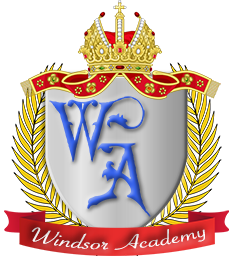100 Number Chart Resources
Teacher Lesson plan
This lesson plan guides teachers in helping children learn to count from 1 to 100. It includes structured activities, tips, and strategies to make learning engaging and effective, ensuring students progressively build their counting skills in a fun and interactive way.
100 Number Chart
The link contains a 1 to 100 chart, which is crucial in teaching kids to count. It helps children to visualise numbers and enhances number recognition. It supports the development of number sense, enables pattern recognition, and facilitates learning of basic math concepts.
100 to 1 Chart
The link contains a 100 to 1 chart, which is crucial in teaching kids to count. It helps children to visualise numbers and enhances number recognition. It supports the development of number sense, enables pattern recognition, and facilitates learning of basic math concepts.
100 number chart-blank
The link features a blank chart designed for kids to complete. It encourages active participation and enhances number recognition. By filling in the chart, children improve their counting skills, reinforce number sequences, and develop a deeper understanding of numerical order.
Bingo
Playing Bingo and expanding numbers into tens and ones helps children understand place value by making them actively engage with the numeric structure. As students identify tens and ones, they develop a clearer grasp of how numbers are built, enhancing their overall number sense.
Skip Counting Game
Skip counting games involve counting by numbers other than one (e.g., by 2s, 3s, 5s). These activities help children identify number patterns, enhance their number sense, and build foundational skills for understanding multiplication and division, ultimately boosting their overall math confidence and proficiency.
Place value Activity
This lesson is designed to help understand the value of numbers by breaking them into tens and ones, expanding them to show the value of each digit, and visualising the number using blocks. These activities enhance comprehension of place value, fostering a solid foundation in order to understand place value.
Snakes & Ladders Game
Snakes and Ladders is a classic board game where players race to reach the finish by moving pieces according to dice rolls. Landing on a ladder lets you climb ahead, while landing on a snake sends you back. This version uses a 1 to 100 chart to help kids practice counting while playing.
Mathematical language
Fewer, more than, less than, most, least
Teacher Lesson plan
This lesson plan is designed to guide teachers in introducing students to the mathematical language of comparison. Through interactive activities and practical examples, students will explore and understand terms like "fewer," "more than," "less than," "most," and "least." By the end of the lesson, students will be able to use these terms confidently.
Sweet Comparison Game
The Sweet Comparison Game is an engaging activity where students use candies or small objects to practice mathematical language such as "fewer," "more than," "less than," "most," and "least." By comparing quantities, students enhance their understanding of these concepts while enjoying hands-on, interactive learning.
Book or Activity Vote off
The Game Book or Activity Vote is a group activity where students vote on their preferred game or activity from a selection provided, using terms like "fewer," "less than," and "more than" to express their choices. This exercise reinforces understanding of comparative language, while promoting decision-making and collaborative skills in a fun and engaging way.
Number line challenge
This game is to develop addition skills and improve understanding of number comparisons with larger numbers. This game provides a fun and interactive way for students to build their numerical comparison skills, helping them understand basic arithmetic and the concept of greater than, less than, and equal to.
